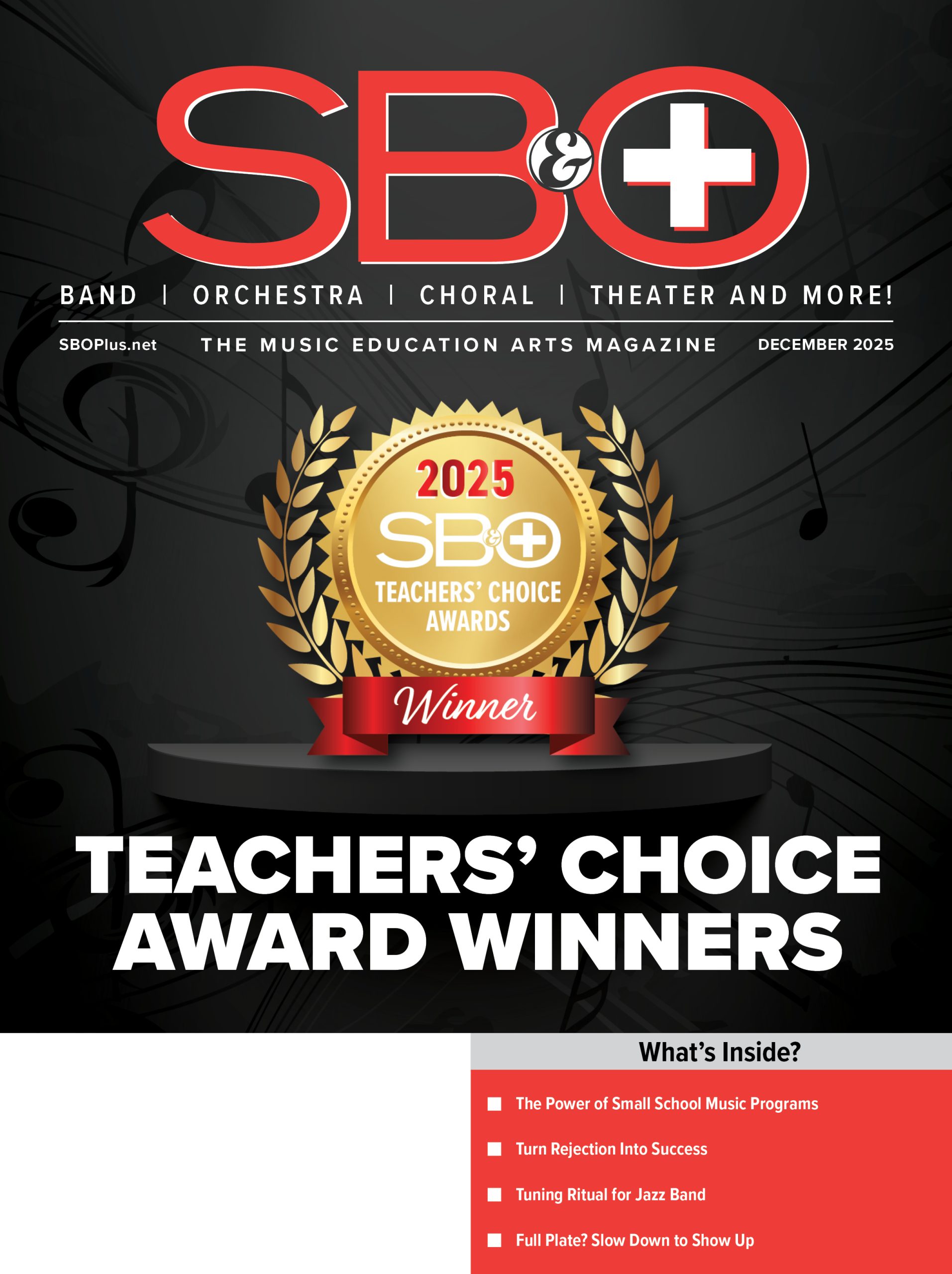
Goal and Objectives: The goal is to get you composing music in notion using a repeating diatonic chord sequence.
As you read and work through the chapter, you will
• Construct diatonic chords.
• Construct chord inversions.
• Create a chord sequence using block chords.
• Create a chord sequence using broken chords.
• Construct chords in similar and contrary motion.
• Compose and record a melody.
• Prepare a score and parts for performance.
• Trace the history of sheet music printing. Introduction
This lesson is all about using chords to create the framework for a piece of music. A chord is any group of three or more notes that sound good together. Chords are used to harmonize melodies and are essential building blocks of music composition. When you place different chords together one after the other, you create a chord sequence. Repeating chord sequences or stringing different chord sequences together creates structure for the music. For example, a song might have a specific eight- measure chord sequence for a verse that is then repeated for a second verse, followed by a new chord sequence for a chorus. After that, the music may go back to the verse chord sequence, then to the chorus sequence again, and then maybe to a new chord sequence for a bridge. If there is a guitar solo or keyboard solo, the soloist would improvise over the chords of one of those chord sequences.
Within any key, there is a naturally occurring set of diatonic chords that can be made using the notes of the scale. For example, find the notes of the C major scale on your MIDI controller by going to any C note and then pressing each of the white notes up to the next C. These eight notes are the notes in the scale of C major (there are no flats or sharps in C, so you don’t need to use the black notes). Now place the thumb of your right hand on a C note and place your fingers over the next four notes, D, E, F, and G. Now press down the notes under your thumb, middle finger, and pinkie. You should be holding down the notes C, E, and G—these are the first, third, and fifth notes of the scale, forming the chord of C major. This is known as the tonic or I chord (with I being used as the Roman numeral for the number 1).
Move your hand up so that your thumb is on F and play F, A, and C. This is the F or IV chord. Move your hand up one key to G and play the G chord, also known as V, using the notes G, B, and D. These three chords, I, IV, and V, are used in hundreds of songs in the key of C major, and you can certainly use them to make many great chord sequences.
I, IV, and V are all major chords—they sound bright. There are three minor chords in the key of C— these sound darker than the major chords. These are the chords of D minor (D, F, A), E minor (E, G, B) and A minor (A, C, E). We use lowercase Roman numerals for those chords: D minor is ii, E minor is iii, A minor is vi.
There is one more chord in the key of C major. The chord formed using B, D, and F is a diminished chord and sounds uncertain. We use the lowercase Roman numeral for 7 followed by a small circle to denote this chord (viio).
When we write these seven chords on the staff, they look like this: Diatonic chords in C major
When the chords are written in this way, they are in closed position. The distance between the lowest and highest notes in the chord is as small as possible. Even if you play a chord with the notes in different places, it is still the same chord, though it may no longer be in closed position. The following chords are all C major chords because they contain the notes C, E, and G.
Several different C major chords
If the lowest note in the chord is the same as the name of the chord, then the chord is in root position. If the lowest note is the third note of the scale, then the chord is in first inversion. If the lowest is the fifth of the scale, then the chord is in second inversion.
C major chord in root position, first inversion, and second inversion.
Skill Seven: Composing a Piece of Music with a Repeating Chord Sequence
Many pieces of music are composed over a repeating chord sequence. A set of four to eight chords repeated gives a good foundation for a melody to be added over the top. Many times, as you listen to music composed in this way, you get a sense of knowing or predicting where the music will go next. This is natural, and part of the attraction of composing this way. One of the most famous examples of a repeating chord structure is Johann Pachelbel’s Canon in D, which is often played at weddings and is a frequent favorite on classical music radio stations. Pachelbel wrote his Canon in D for string orchestra. In the music, he establishes an eight-measure chord sequence over a repeating bass line played by cellos and double basses. Violas and second violins fill out the chords, and the first violins provide many variations of melody over the chord sequence as the music develops.
Other examples of music in which chord sequences repeat might be any jazz blues tune, such as Duke Ellington’s “C Jam Blues” and Charlie Parker’s “Billie’s Bounce,” or popular songs, such as “Jolene” by Dolly Parton, “Stand By Me” by Ben E. King, and “All Along the Watchtower” by Bob Dylan.
Excerpted from Make Your Own Music: A Creative Curriculum Using Music Technology, a complete classroom curriculum for both learning and teaching music technology, published by Hal Leonard Corp. Containing lessons and projects for using the PreSonus Music Creation Suite, it provides an organized approach to creating your own music using modern technology. It incorporates composition ideas, notation skills, and digital audio workstation proficiencies. Supporting materials, accessible online, round out the educational and instructional experience.
 Richard McCready is a composer, musician, and the director of music technology at River Hill High School in Columbia, Md. He also serves Howard County as the resource teacher for music technology and was awarded the TI:ME Mike Kovins Teacher of the Year Award in 2013, the 2013 Howard County (Md.) Music Educator of the Year Award, and the 2014 Maryland Outstanding Music Teacher Award. McCready was also a finalist for the Recording Academy Educator of the Year Award in 2015. In April 2013, School Band and Orchestra magazine featured a cover story on McCready’s work at River Hill High School.
Richard McCready is a composer, musician, and the director of music technology at River Hill High School in Columbia, Md. He also serves Howard County as the resource teacher for music technology and was awarded the TI:ME Mike Kovins Teacher of the Year Award in 2013, the 2013 Howard County (Md.) Music Educator of the Year Award, and the 2014 Maryland Outstanding Music Teacher Award. McCready was also a finalist for the Recording Academy Educator of the Year Award in 2015. In April 2013, School Band and Orchestra magazine featured a cover story on McCready’s work at River Hill High School.
McCready was born in Northern Ireland and studied tuba performance, piano, and composition at the Royal Northern College of Music, Manchester, England. He began his teaching career at Frodsham High School in Cheshire, England. Since emigrating to the United States in 1992, he has held teaching positions at the Park School of Baltimore, Towson University, and Mayfield Woods Middle School, Elkridge, Md.; he has also played professionally with the Monumental Brass Quintet, the Lexington Brass Quintet, and the Denhard/McCready Duo. Earning two master’s degrees from Towson University, one in tuba performance and one in vocal performance, McCready plays many musical instruments, but the focus of his teaching is music technology. His previous book, Making Music with GarageBand and Mixcraft, was published by Cengage Learning in 2010.
















